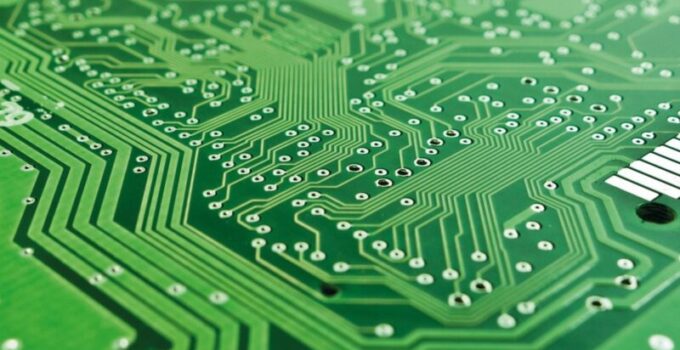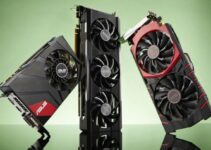The printed circuit boards are one of the most important components in our modern lives. They are used to provide electrical connection and mechanical support to components in different electronic devices. The main way that they work is they provide a connection between impulses which allows devices to work. The whole process is much more complex, but in short, every device that you have in your home will not be able to function if it didn’t have a PCB. They can be found everywhere, starting from your TV remote, up to the microwave and the TV.
You have probably seen many of them in your life, and even though they look pretty simple, they are still the most vital part of the electronic device. Many people believe that they are all the same and that the same type of board is used in every appliance, but this is not correct. There are a lot of models of these units, and here we are going to talk about the different types of printed circuit boards. Keep on reading if you want to learn more about them, how they are used, and to find out which is the type that you may need for your manufacturing process.
Page Contents
Single-sided
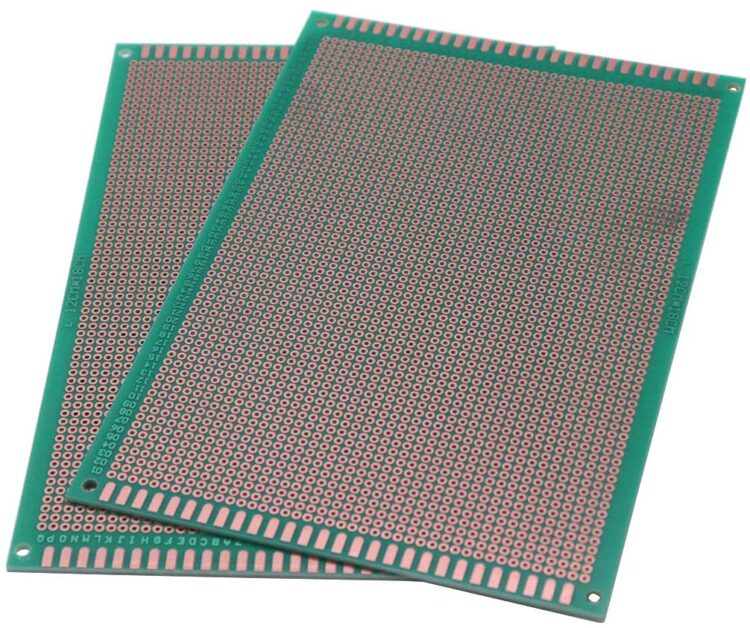
Source: amazon.com
The first model that we are going to talk about is the most commonly used one, and this is the one that you can find pretty much everywhere. As the name suggests, this type of board has only one side or only one layer.
It is called one-sided because it is coated with a type of metal, most commonly copper only on one side, and it is the perfect choice for simple types of electronic devices. Many beginners use this type of PCB because it is the best one to start with, and it does not get damaged with ease, plus you don’t need a lot of skills or knowledge to be able to work on or with it.
Note that this is also the cheapest option on the market, but not the best one. It has a lot of limitations, so unless you are doing an extremely simple job, some of the other types may be better for you.
Double-sided

Source: taiwantrade.com
The double-sided model is much more practical, and sometimes, depending on the industry, a much more utilized option. It does not provide the same limitations as the former one, and it gives engineers, users, and manufacturers far more options.
This model is coated on both sides, and it can provide a connection on both of them. There are two main ways that the connections are made – by mounting or by feeding the small wires through the holes. Both of these technologies are different and are used for separate purposes, so in case you choose to use this type of PCB, you need to understand them and choose the right one.
Multilayer
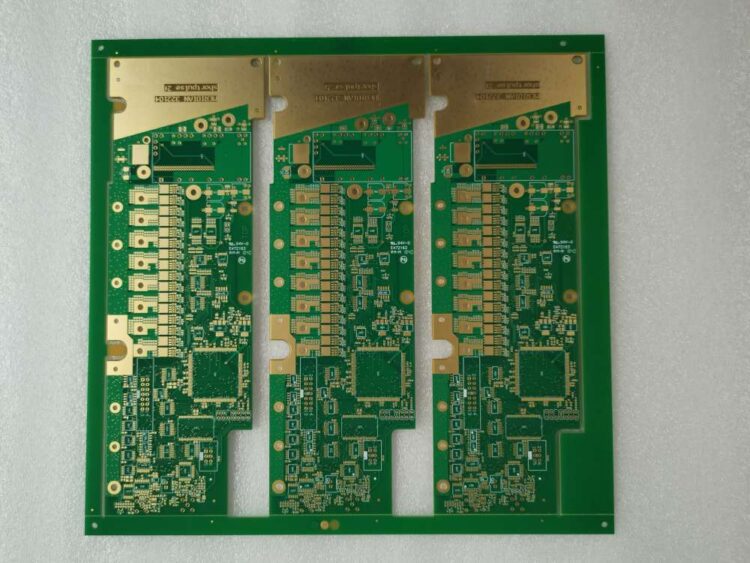
Source: raypcb.com
The next model is even more advanced than the previous two types, and as the name suggests, there are more than two layers of conductive parts in this model. There are the standard two conductive parts at the top and the bottom, like with the double-sided one, but there is also at least one other part in between. The conductive layers that are placed in between are made in between other non-conductive surfaces. As you can see on PCBASIC, there are other things that come into play with the multilayer types of PCB and can be rigid or flexible.
Note that in the most common models, there are between two and eight conductive sheets that are placed in between the non-conductive layers, but there are also some extremely advanced PCBs that can hold to more than 40 sheets of conductive parts.
Inflexible
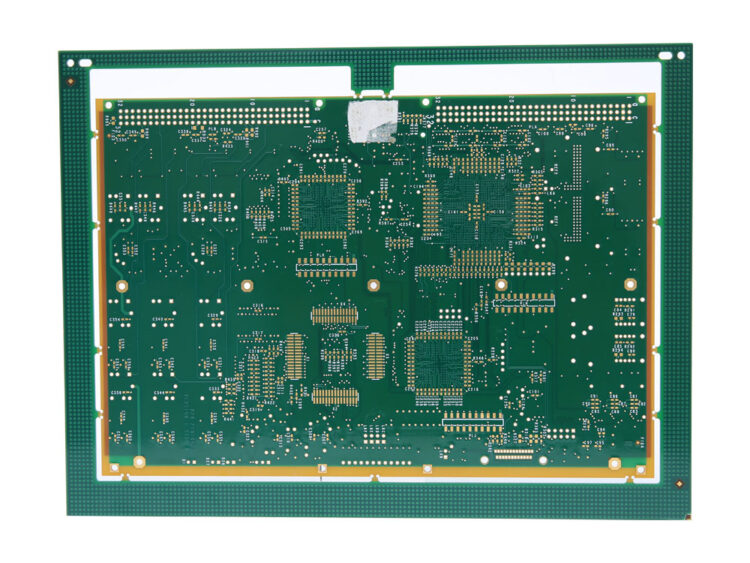
Source: scscircuits.com
The inflexible or rigid PCBs are something that was the only option not too long ago. As the name suggests, these boards are going to stay in the same form when pressure is applied to them, and even though this may sound like a good thing, in reality, this makes them far easier to damage or break.
Note that they are the cheaper option when compared to the flex ones that we are going to cover next, and they are great when it comes to simple jobs that don’t require the board to be too durable. They are high-quality and high-density and they are used in a lot of devices that we use daily, including our remotes. They are easier to replace, and even though they can be broken pretty easily, changing them or repairing them is far less expensive.
Flexible
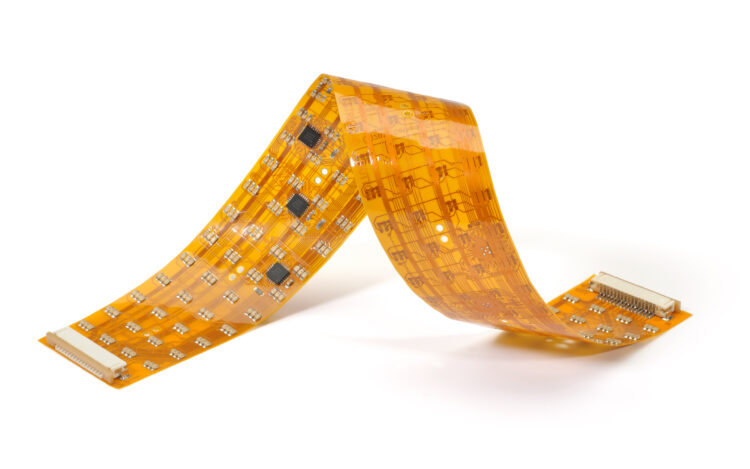
Source: yic-assm.com
The last thing we are going to talk about is the flexible printed circuit boards, and they are currently the most sought-after type. There are a lot of benefits that come with these models and note that all the other types of PCB, including the single, double, and multi-layer ones can be manufactured on a flexible board.
Even though they are also the most expensive option, the advantages that come with them are worth the price. They are far more durable than rigid ones, and they can be used anywhere. The flexible models are going to reduce the weight and the space that is needed to make all the connections, and they are far easier to install and service. They also eliminate the need for connectors and they are the uniform solution for high-speed circuitry.
All of these types of PCB come with their positive and negative sides, and the most commonly used ones are the inflexible double-sided models. However, they are not the most advanced ones, and if you want to be able to get any job done, including the most complex ones, you will need to think bigger and better. The flexible models are definitely the best ones, and even though they require a bigger initial investment, they are going to last much longer and they are going to provide a better connection. In case you are not sure what you are looking for, you can always consult with a specialist and see what their recommendation for your specific project is. If you are still learning how to make the connections, and how to use the PCBs, it is best to start with the least complex ones and advance as you gain more knowledge.

